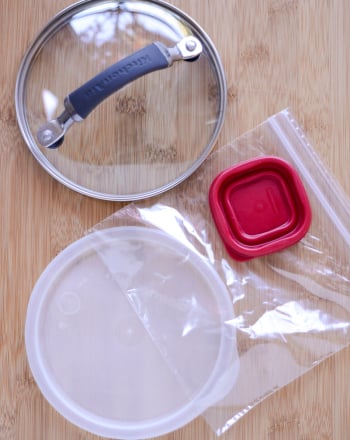I first came across and used SBR in '93, when the can looked
like this. I believe it was relatively new at the time, because the local BMW club chapter's technical coordinator (and shop owner) had no idea what it was when I asked him about it…after I had already used it in prep for the driving event. Nor did anyone else at the track.
In appearance alone, it was obviously a boutique product, clearly intended for a particular, specialized purpose, not general usage. I don't recall the markings on the sides of the can, but they weren't too illuminating, which is what prompted my questioning. Nor I don't recall if it even carried DOT labeling at all, even if only for classification purposes, and not legal purposes. The point is, this wasn't a fluid one would find on the shelf at the local branch of ORAP, Pep Boys, or that kind of general auto retailer.
Eventually, the product made it into the more mainstream consciousness, and when Conti revised its packaging, it ended up looking
like this.
There are some important words on this label -- "Not for use in motor vehicles used on public streets, roads, or highways due to non-conforming color." As well as more much more detail than before on the side panel, again with a caveat about non-compliance.
(side note -- somebody paid $75 for a $15-20 can of fluid, whose only difference is color? I'm in the wrong business.)
To me, this is another case where a product is sold "for off road use only," with a wink, nudge and full expectation that people will buy it with no intent to follow that guideline.
As noted above, the Feds' regulations were clear (no pun intended) and in effect long before SBR was put on the market. Conti took its chances, marketed it to enthusiasts with a marginal, if not questionable, benefit, and in the end, had to bear the burden for those actions. Not the Feds.
Typ 200 is every bit the fluid that SBR was. Not losing any sleep over this one.

